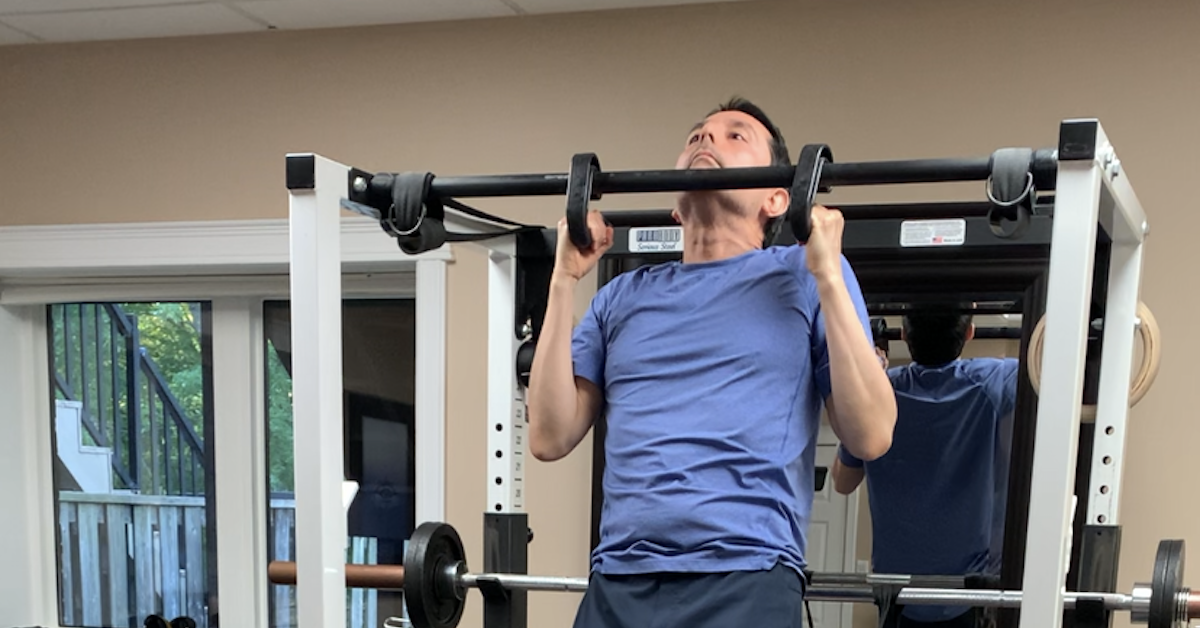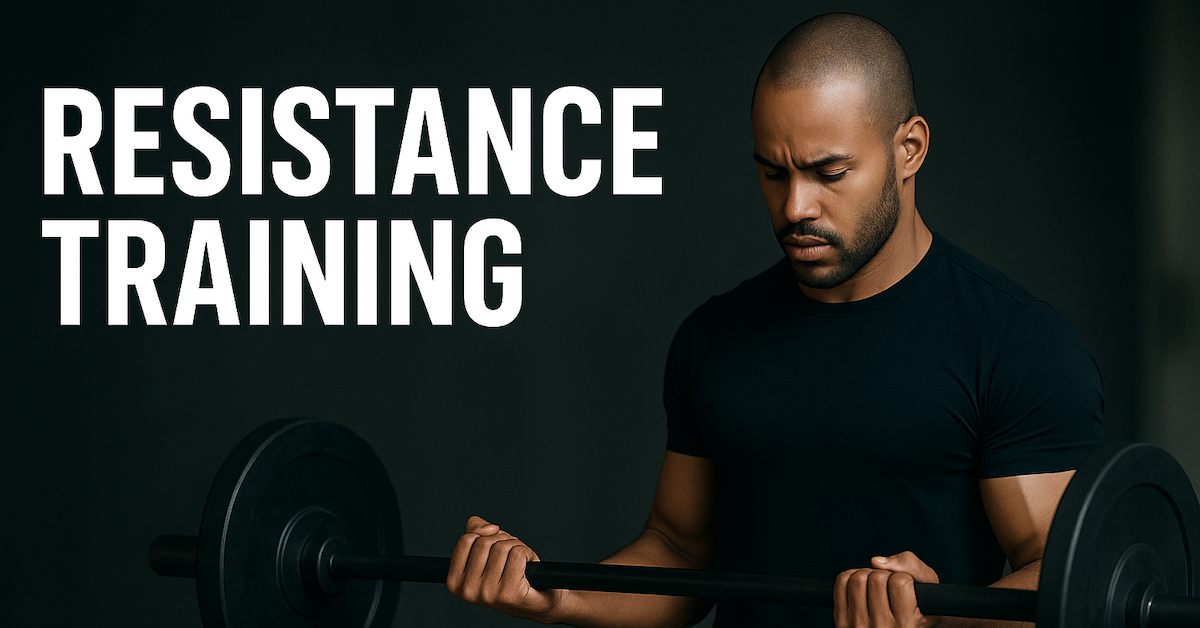In strength training, objective measures ultimately determine recovery. If progress has been made, then sufficient recovery has occurred. You’ll know by the first set:
- If strength increases, continue training.
- If strength does not increase, more rest is necessary.
An absence of muscle soreness is not mandatory for optimal recovery (see Warren et al., 1999). Still, other useful subjective criteria can help determine whether you should train on a given day. For instance, the recovery index outlined on page 97 of The Elite Trainer includes both subjective and objective measures to gauge recovery status. Answer all questions within 30 minutes of waking, and if you score less than 15, postpone any intensive training for that day. Instead, focus on stretching or other restoration methods to enhance recovery.
Before training, you can also assess recovery using a hand-grip dynamometer test for upper-body workouts and a vertical jump test for lower-body workouts. Record the best of three attempts before each workout. If your score is down more than 10% from your previous workout, you haven’t fully recovered and should refrain from training that day. Again, focus on restoration methods instead.
The Baseline Smedley Digital Hand Dynamometer is an excellent tool for testing grip strength, and the Vertec is the most common device for measuring vertical jump height.

The Elite Trainer: Strength Training for the Serious Professional
The Elite Trainer is the go-to resource for strength coaches, personal trainers, and serious lifters who want to master program design. Covering everything from sets and reps to tempo, rest, and periodization, this book gives you the tools to create individualized programs that deliver results. Packed with proven methods, expert insights, and over 100 exercise illustrations, it’s a must-have reference for anyone serious about strength training.

From Zero to Two: Leo’s Chin-Up Breakthrough
When Leo began training with me in September 2024, our first goal was to improve body composition — lose fat,

Resistance Training Foundations: How to Progress Safely and Build Real Strength
Resistance training isn’t just for bodybuilders. Whether you’re just starting out, returning after a break, or training for performance, knowing

Neck Extensions Before Arm Curls: Unlock More Strength
When most people warm up for arm curls, they’ll hit a few light sets or maybe stretch out a bit.
follow
Error: No feed with the ID 2 found.
Please go to the Instagram Feed settings page to create a feed.
